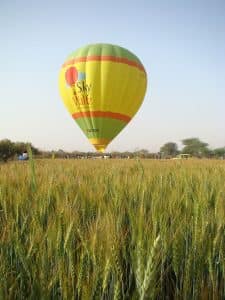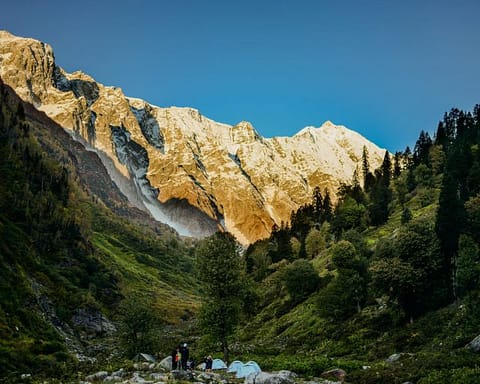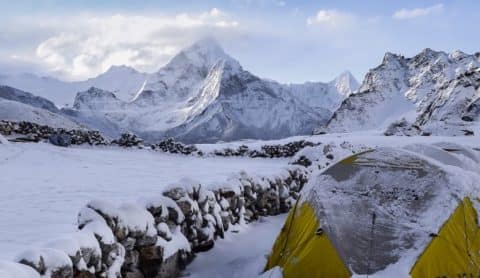There are undoubtedly some incredibly special moments in our lives that are indescribable. A journey to the Valley of Flowers and Hemkund Sahib was one of those moments for me! This breathtaking paradise is located in the Chamoli district of Uttarakhand, also known as the ‘Land of Gods’, at an elevation of 3,600 m. For centuries, this stunning place remained undiscovered until British mountaineers stumbled upon it in 1931 while exploring Uttarakhand. They found themselves in a magnificent valley filled with a wide array of beautiful flowers, leading to the name ‘Valley of Flowers’.
In 1982, the Indian Government designated it as a national park and UNESCO recognized it as a ‘World Heritage Site’ in 2004. The path to the valley also leads to Gurudwara Hemkund Sahib, located at an altitude of 4,320 m.
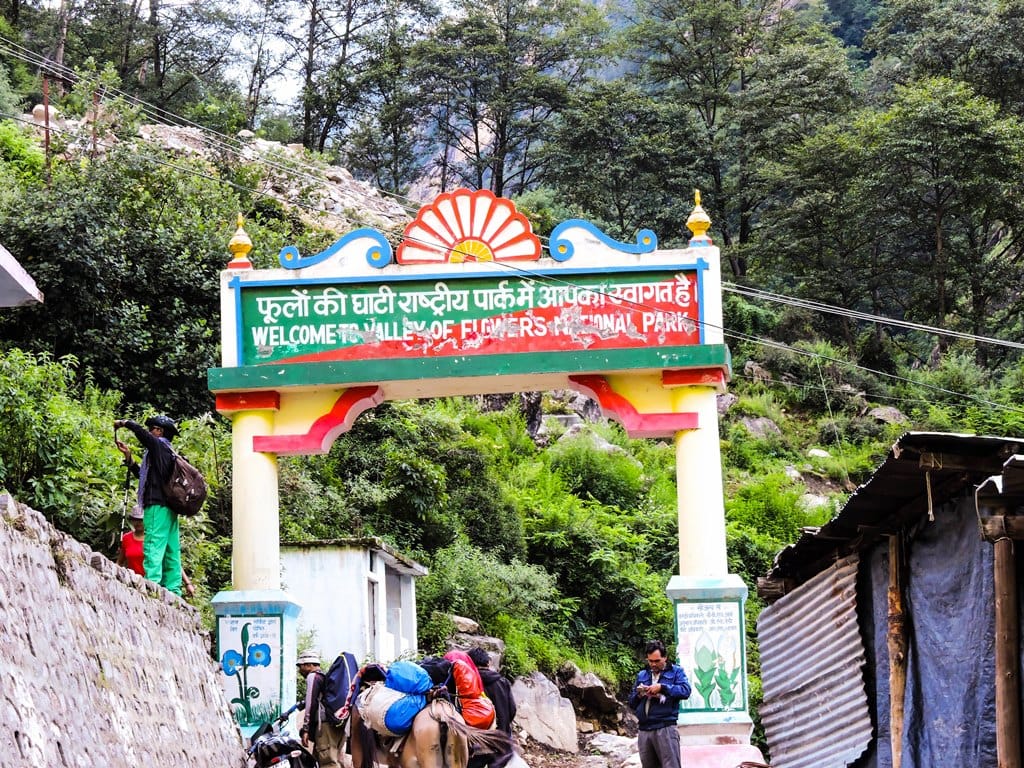
Here’s when to plan a getaway
During the period from mid-May to September, visitors have the opportunity to explore the valley when it becomes adorned with numerous vibrant flowers in full bloom. It is known for 600 different types of flowers including the Brahma Kamal, Snake Lily, Cobra Lily and Blue Poppy.
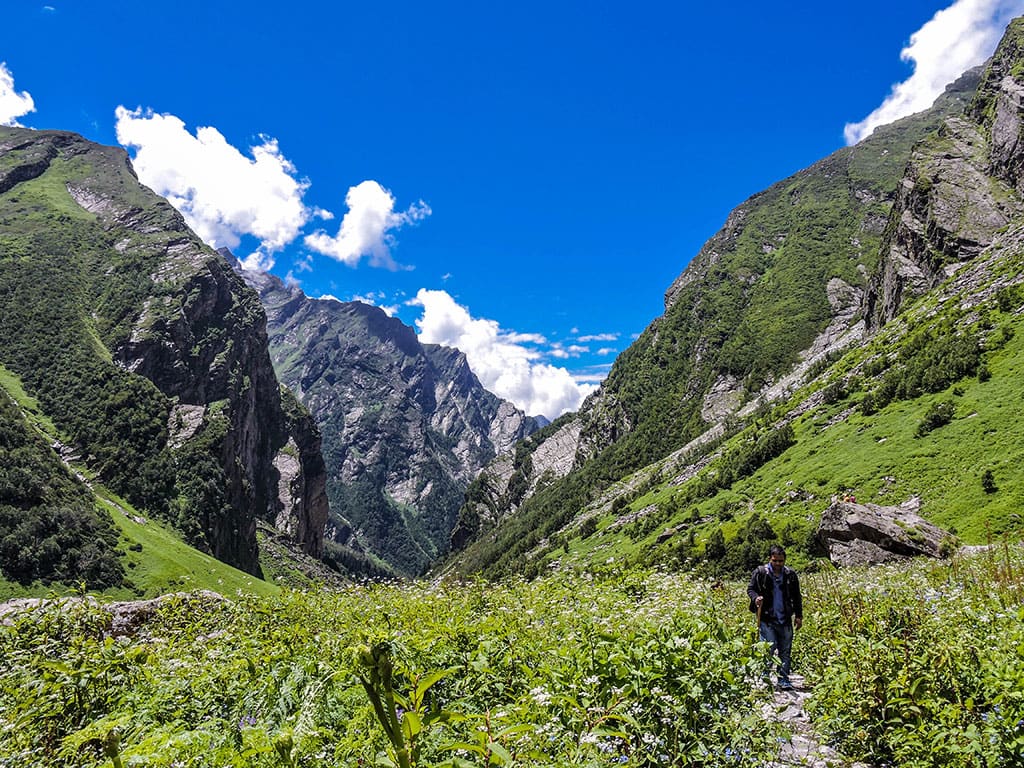
Valley of Flowers in Hindu Mythology
The dazzling land is said to be the abode of various Hindu deities. Some say it was garden of Lord Indira, Nandan Kanan. A few others believe that Lord Rama‘s devotee Hanuman found Sanjeevani here, the magical herb that brought back unconscious Lakshmana to life. Whereas the locals believe that this place was home to fairies.
My ‘Flowery’ Tale: Exploring the flowery bed on a 3-day trek
I’m the kind of a person who wants to travel to each and every corner of the world. But my plan to travel Valley of Flowers turned out to be an alternate to Kashmir. Each journey brings out a unique experience leaving its imprints on my heart and soul in the most special way. When I visited the Valley of Flowers and Hemkund Sahib I truly felt that ‘Dev Bhoomi’ is nonetheless a heavenly paradise.
I started my journey from Delhi to Rishikesh. The scenery of the lush green fields along the way was absolutely captivating. For breakfast, I stopped at Gulshan Da Dhaba in Roorkee. My next stop was Haridwar, where I visited Triveni Ghat and took a dip in the holy river Ganges. I spent approximately 2 hours in this sacred place, observing the religious significance that shapes the lives of the locals. After driving for another two hours, I finally arrived in Rishikesh and enjoyed a cup of tea at a nearby stall. While there, I learned about a landslide that had occurred on the road to Govindghat earlier that day. Following the advice of the locals, I decided to stay overnight in Rishikesh. I had dinner at Choti Wala and spent a wonderful evening on the rooftop of my hotel, which was situated along the banks of the Ganges.
By midday, I was only able to arrive at Govindghat, which was quite an adventure even before the trek started. Witnessing the locals clearing the road from the aftermath of a landslide, I became stuck in Govindghat. Fortunately, my trek leader arrived punctually and calmly addressed all my concerns and uncertainties, alleviating my anxieties about reaching the base camp Ghangaria. He also provided me with a detailed overview of the trek itinerary and introduced me to two fellow hikers who were joining us.

Day 1: Govindghat to Ghangaria
After receiving langar at the gurudwara, we embarked on our journey to Ghangaria. The experience of visiting the gurudwara is always awe-inspiring, offering solace to one’s soul and welcoming individuals of all beliefs, castes, and colors. After walking for 1 km, our guide suggested that we hand over our luggage to the porter, as he believed we wouldn’t be able to carry it any longer. We took a break and savored a cup of tea and pakodas at Barsati Wali Chai ki Dukan. The path to Ghangaria mainly follows the course of the River Lakshman Ganga, making for a relatively easy trek without much uphill climbing.
It was not only us, as there were hundreds of people who were going up in palkis and horses. Moreover, beautiful streams, waterfalls and lush greenery on our way hypnotized us. While trekking to this sublime beauty, we came across isolated hamlets, oak forests and diverse species of flora and fauna. We covered around 13 km to reach Ghangaria, we spent a night at Garhwal Mandal Vikas Nigam.
Day 2: Ghangaria to VOF
Upon waking, we were greeted by a breathtaking sunrise amidst the stunning backdrop of verdant mountains. After having breakfast, we embarked on our journey to the Valley of Flowers. The magnificent mountains rejuvenated us as we made our way along a trail adorned with beautiful flowers. Eventually, we reached the Valley of Flowers and I was mesmerized by the sight of an array of flowers I had never imagined. I delighted in the presence of majestic flowers such as Balsam, Dwarf Globe, Brahma Kamal, and Marsh Marigold. These extraordinary blooms adorned the landscape like a vast bedspread spanning 87.50 km. As I reflect on this experience, the quote “Nature is never in a hurry, yet everything is accomplished” comes to mind.
Our trek was like a surreal adventure, with a perfect combination of snowy peaks, lush meadows, and fluffy clouds. Following our visit to VOF for 2 hours, we returned to our base camp where our guide had organized a cozy bonfire night and dinner.
On the third day, we will be traveling from Ghangaria to Hemkund Sahib.
In the early morning, we set off on our journey to Hemkund Sahib, a sacred place for Punjabis and Sikhs. The trek was a 7 km long path that led us through the Himalayas, starting with a gradual uphill climb. Along the way, we took pictures of cows and goats grazing, as well as breathtaking waterfalls and lakes. The trek felt like a tea house trail, as there were many tea plants lining the route. After two hours of trekking, the views of snow-capped mountains became even more stunning. Eventually, we reached a river gorge where the oxygen levels started to decrease. Despite this, we managed to arrive at Hemkund Sahib gurdwara right on time, with the Hemkund Lake just behind it. We paid our respects at Laxman Mandir and spent approximately 3 hours there before descending back to Ghangaria.
Take a moment to immerse yourself in the peaceful embrace of nature and explore this calm garden of flowers surrounded by majestic Himalayan mountains. Ensure you don’t forget to seize the opportunity to capture stunning photographs during your visit.




